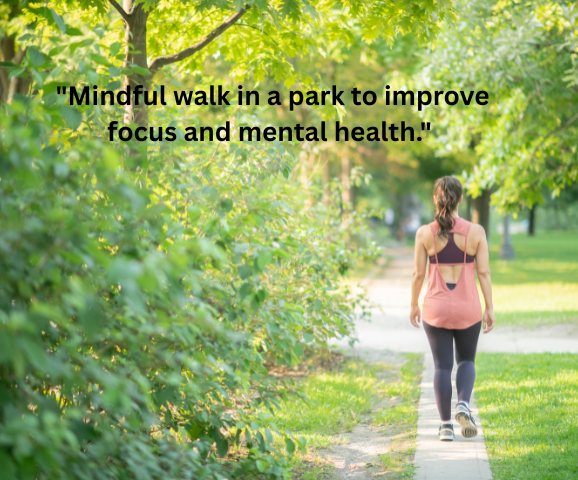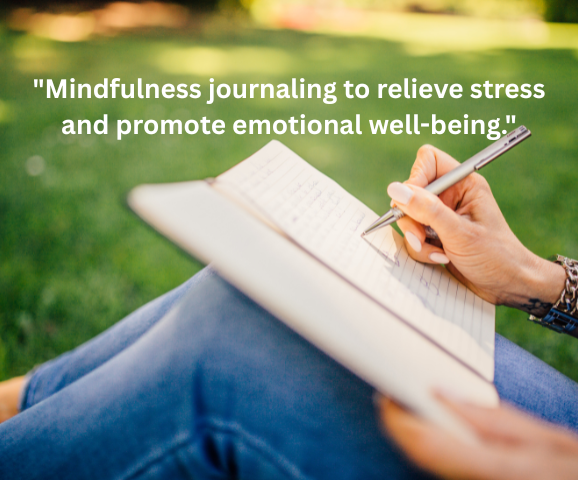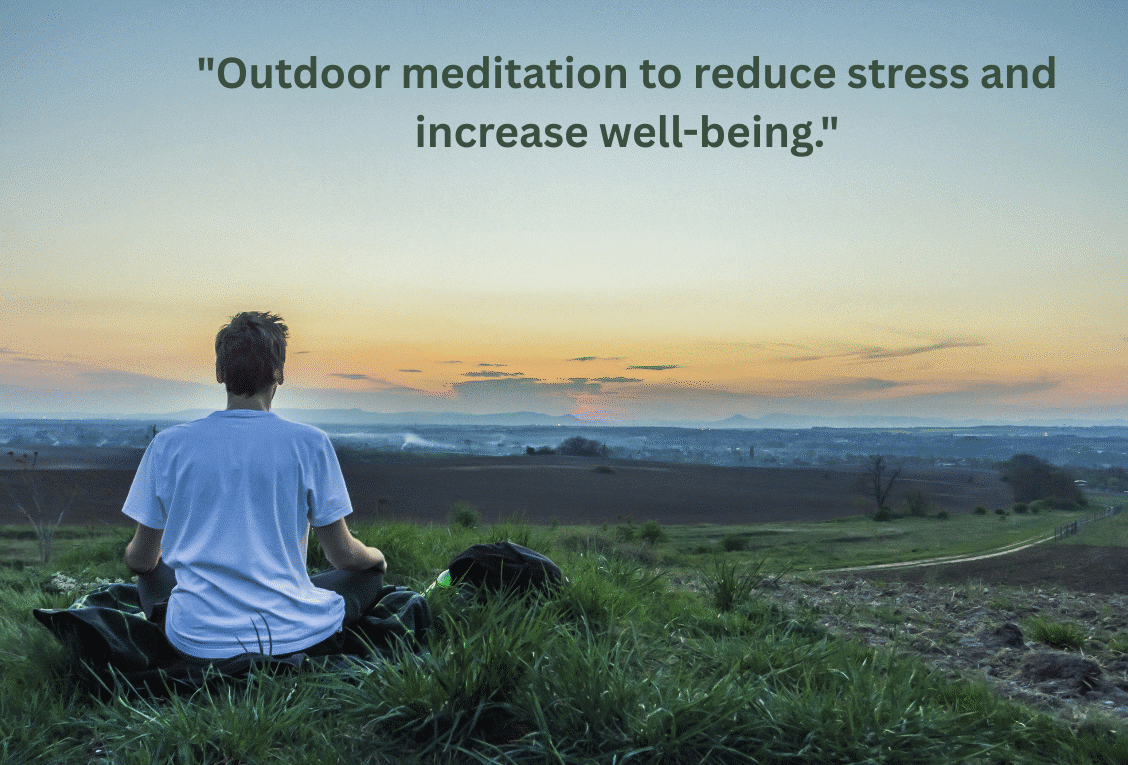“5 Mindfulness Practices to Reduce Stress and Improve Well-Being: A Beginner’s Guide”
Introduction
Stress is one of the greatest challenges faced by most people today. The good news is that simple mindfulness practices can be highly effective in reducing stress and improving overall well-being. In this article, we will explore five mindfulness practices that you can start incorporating into your daily routine, helping you create a more peaceful and focused mental state. If you’re a beginner to mindfulness, don’t worry — these practices are accessible to everyone and can bring immediate benefits to your mental health.
What is Mindfulness?
Before we dive into the specific practices, it’s important to understand what mindfulness is. Mindfulness is the practice of being fully present in the moment, without judgment. It involves paying attention to what’s happening in your mind, body, and around you in a conscious and non-distracted way. Mindfulness practice has shown significant benefits in reducing stress, improving mental health, and even increasing life satisfaction.
1. Conscious Breathing
Breathing is one of the most powerful tools in mindfulness. The practice of conscious breathing involves fully focusing on your breathing process — how the air enters and exits your lungs. To begin:
- How to Practice: Sit or lie down in a comfortable position. Breathe deeply through your nose, counting to four, hold for two seconds, and then slowly exhale through your mouth, counting to four again. Repeat this process for 5 to 10 minutes.
- Benefits: Reduces anxiety, improves oxygenation in the body, and brings immediate focus.
2. Guided Meditation
Guided meditation is an excellent practice for beginners as it provides clear direction and helps keep the mind focused. During guided meditation, you will hear a voice guiding you to pay attention to different aspects of your body, thoughts, or surroundings.
- How to Practice: You can use apps or guided meditation videos (like Headspace or Calm) to follow along. Sit in a quiet place and listen to the instructions while focusing on your relaxation and breathing.
- Benefits: Reduces stress, improves sleep, and increases emotional awareness.
3. Mindful Walking

Mindful walking combines physical movement with attention, offering a simple yet effective way to incorporate mindfulness into your daily life. During the walk, focus on the movements of your body and the environment around you.
- How to Practice: Choose a quiet place, such as a park, and walk slowly. Pay attention to the sound of each step, the contact of your feet with the ground, and the feeling of the wind or sun on your skin.
- Benefits: Improves mood, helps clear the mind, and reduces stress levels.
4. Body Scan
The body scan is a simple yet powerful technique that involves paying attention to each part of your body, one at a time, to identify tensions or discomfort. It helps promote body awareness and relieves accumulated tension.
- How to Practice: Sit or lie down in a comfortable position. Start by focusing on the farthest part of your body, like your toes, and slowly work your way up to your head, paying attention to any sensations or tension you feel.
- Benefits: Reduces muscle tension, improves body awareness, and helps relieve stress.
5. Mindfulness Journaling

Writing is an excellent way to release thoughts and emotions. Mindfulness journaling involves writing consciously about your feelings, thoughts, and experiences in the present moment, without worrying about grammar or structure.
- How to Practice: Dedicate 10 to 15 minutes each day to write about how you are feeling in the moment. Pay attention to your emotions, and write without judgment or censorship. Just let your thoughts flow onto the paper.
- Benefits: Increases mental clarity, reduces anxiety, and helps process emotions.
Conclusion
Incorporating mindfulness practices into your daily routine can be an excellent way to reduce stress and improve your overall well-being. If you’re just starting, don’t rush — mindfulness is a skill that improves with practice. Try the five techniques we discussed here and see which ones work best for you. By adopting these simple practices, you can live more fully, focused, and peacefully.
If you’re looking for a more structured and in-depth way to learn about mindfulness and well-being, we recommend this comprehensive course Mindfulness and Well-Being. It offers a detailed approach for beginners, providing tools and techniques to reduce stress and improve quality of life. Don’t miss the opportunity to invest in your well-being and transform your mental health!








